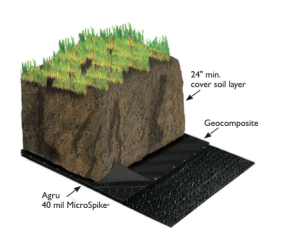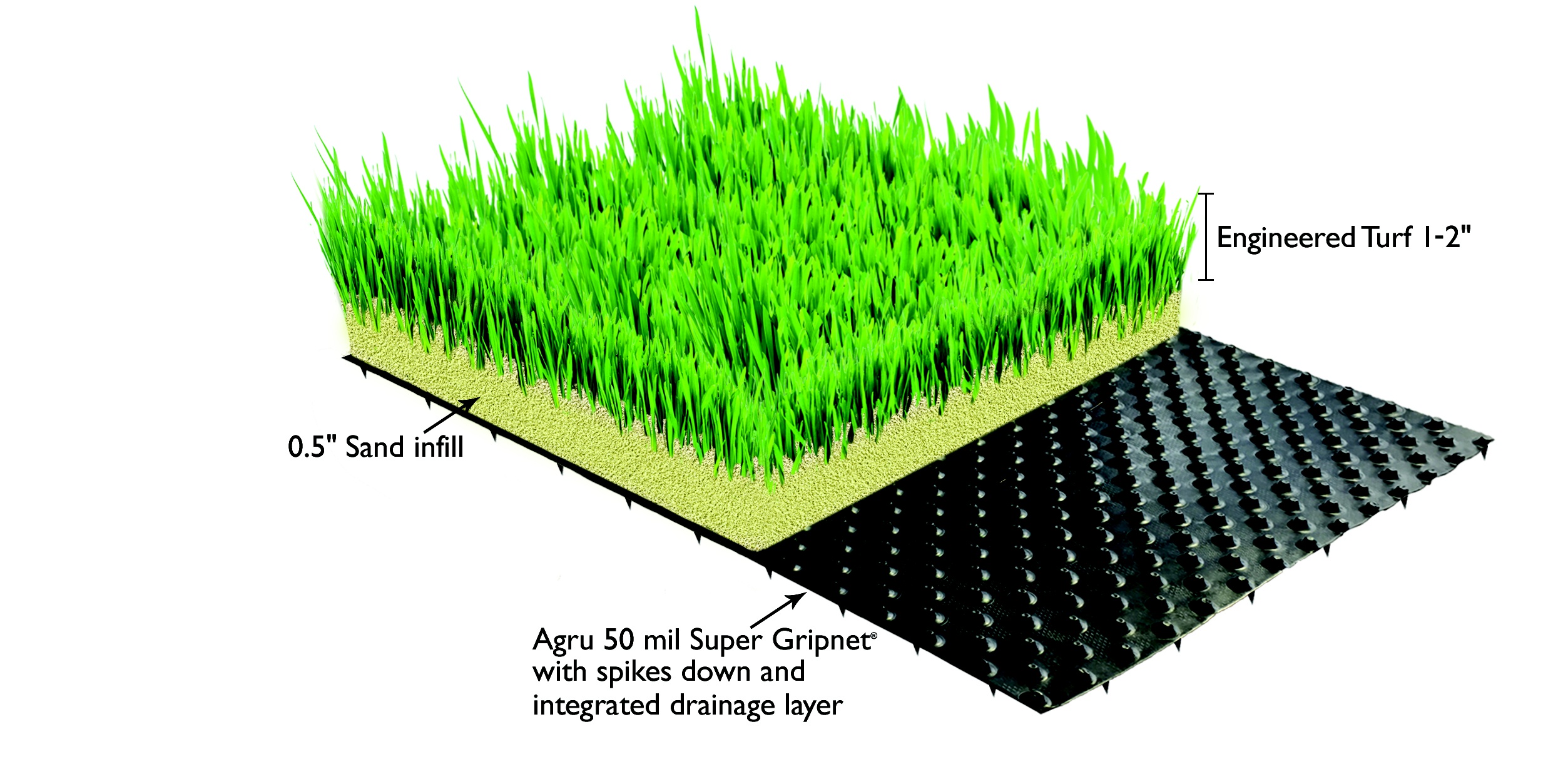In Kentucky, a county board votes to shut down a landfill that had long been the source of odor complaints from nearby residents. In Hawaii, residents push a city council to expedite a delayed landfill closure. Outside Beirut, Lebanon, protesters try to block trucks entering a landfill they say should have been closed a week earlier. These events, while certainly newsworthy, obscure the fact that when they are over the real work has to begin.
The EPA’s requirements for closure and post-closure care of municipal solid waste landfills only hint at the complexity of the planning involved. Every MSWLF is required to prepare a written closure plan that describes the steps necessary to close the unit in accordance with the closure requirements. This landfill closure plan must include:
- A description of the final cover design and its installation methods and procedures.
- An estimate of the largest area of the landfill requiring a final cover.
- An estimate of the maximum inventory of waste on site during the landfill’s active life.
- A schedule for completing all required closure activities.
As for the final cover design, the EPA says, “The final cover system must consist of an infiltration layer of at least 18 inches of earthen material covered by an erosion layer of at least 6 inches of earthen material that is capable of sustaining native plant growth. An alternative cover design may be used as long as it provides equivalent protection against infiltration and erosion. Such alternative designs must be approved by the director of an approved/authorized state program.”
Choosing from among the available options
In considering options for landfill closure systems, Waste360 offers this advice: “During the preliminary design phase, review the choice of the cap material. If the site is near acceptable clay sources, a clay cap might be economically competitive with synthetic materials… Otherwise, synthetic materials will probably be more economical due to hauling costs and third-party quality assurance testing of multiple clay layers.” Construction costs and schedule requirements should certainly be considered as well, as geosynthetics typically provide value with both of these variables while also outperforming a soil-only closure.
Currently, there are four commonly used options for landfill caps. Exposed geomembrane covers are the least expensive option employing geosynthetics. However, because these they are subject to ultraviolet degradation and wind uplift, their use has been limited to temporary covers and not recognized as a solution to achieve final cover status. Evapotranspirative covers are technically feasible only for drier climates require an appropriate fine-grain soil and long-rooted vegetative community and are rarely viable outside of extremely arid regions.
This leaves geomembrane and soil composites, which are technically feasible in all climates but require soil depths suitable to the selected vegetative community used to hold the topsoil system together. Synthetic turf covers replace the soil protection and vegetative cover layers and protect the underlying membrane from UV degradation.
Agru America’s traditional, hybrid and Integrated Drainage System approaches

Agru America’s traditional closure system utilizes the company’s smooth geomembrane or MicroSpike products along with a geocomposite drainage layer, soil cover layer and vegetative layer.

ClosureTurf® is Agru’s hybrid composite system that has outperformed traditional closure methods. It’s a patented system made up of Agru’s Super Gripnet product overlaid with engineering synthetic turf infilled with sand. On average it is installed in half the time of a traditional system and is $1,300 per acre per year less expensive to maintain than traditional systems. ClosureTurf® eliminates the need for large quantities of soil and the related equipment activities. This not only lowers construction costs, but dramatically improves site safety.

Agru’s Integrated Drainage System is provided in its Super Gripnet, Drainliner and MicroDrain products. The studded top surface is covered with a nonwoven geotextile to prevent soil infiltration and to create the drainage layer. The bottom (Super Gripnet) surface with its high conical shaped grips and patterned texture provides maximum interface friction and high factor of safety against sliding. With lower material, shipping and installation costs, Agru-IDS can be a much more economical option for closure systems than conventional geomembrane/drainage composites.